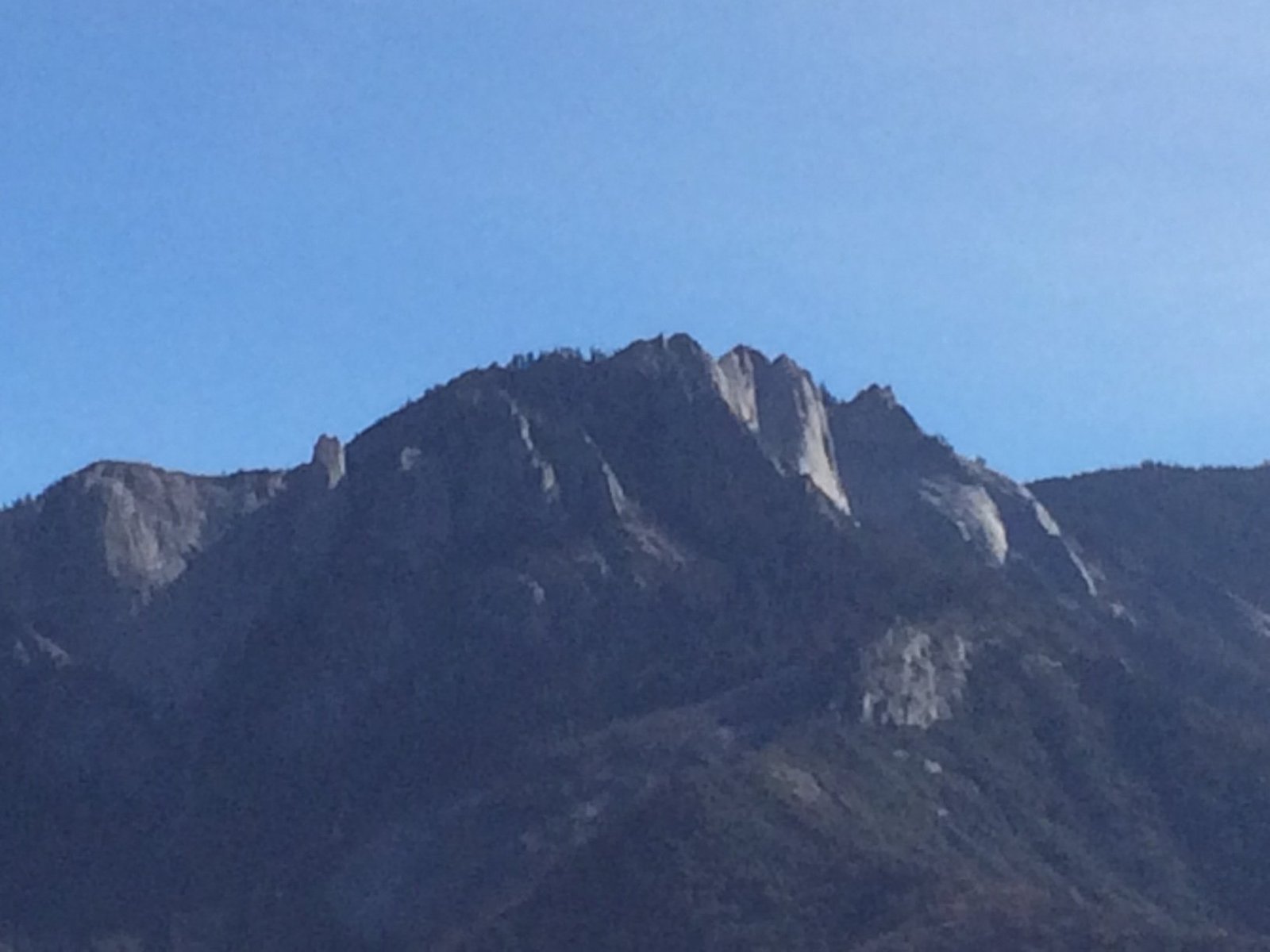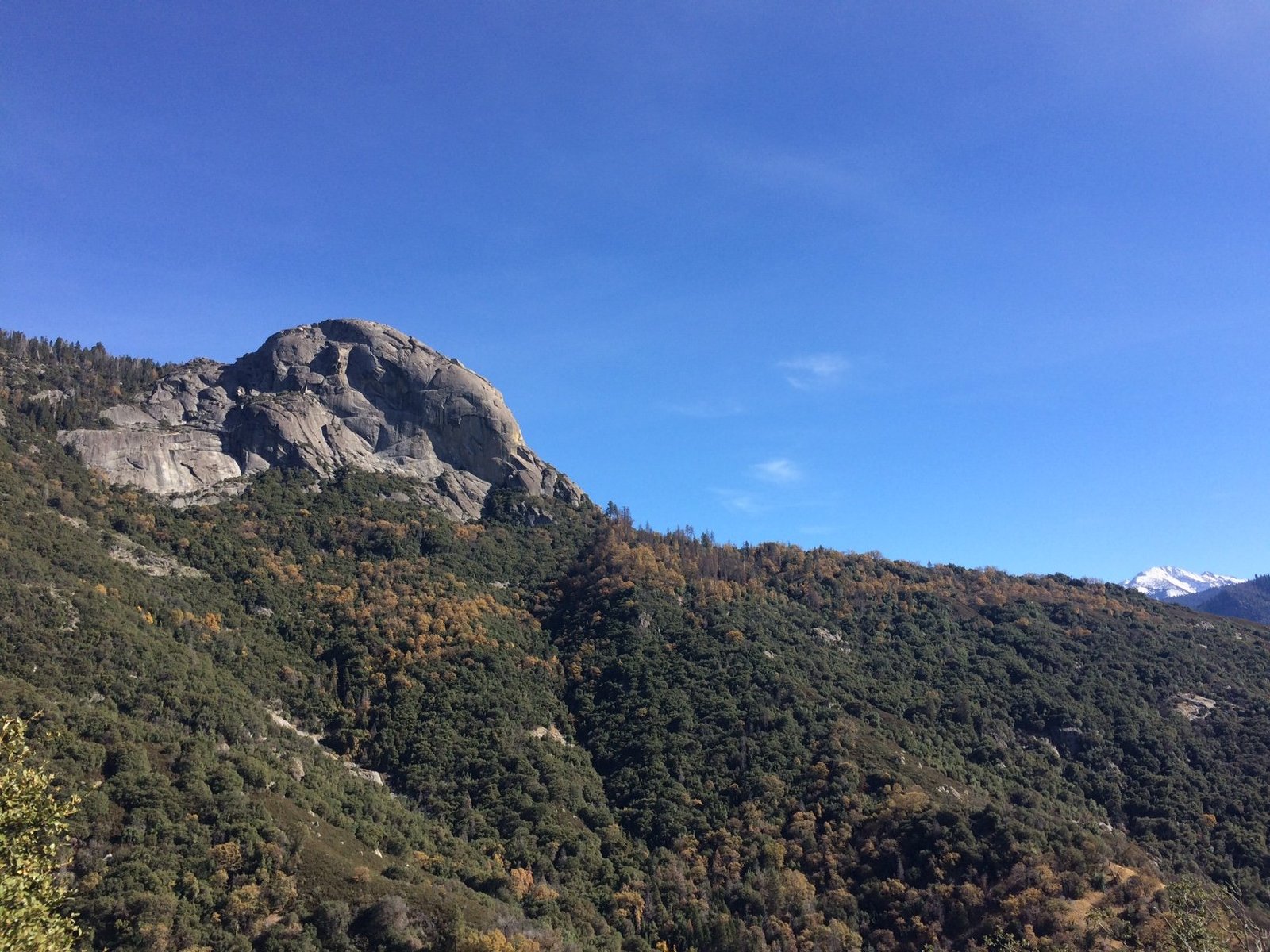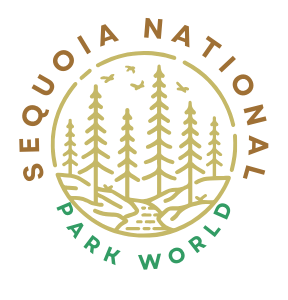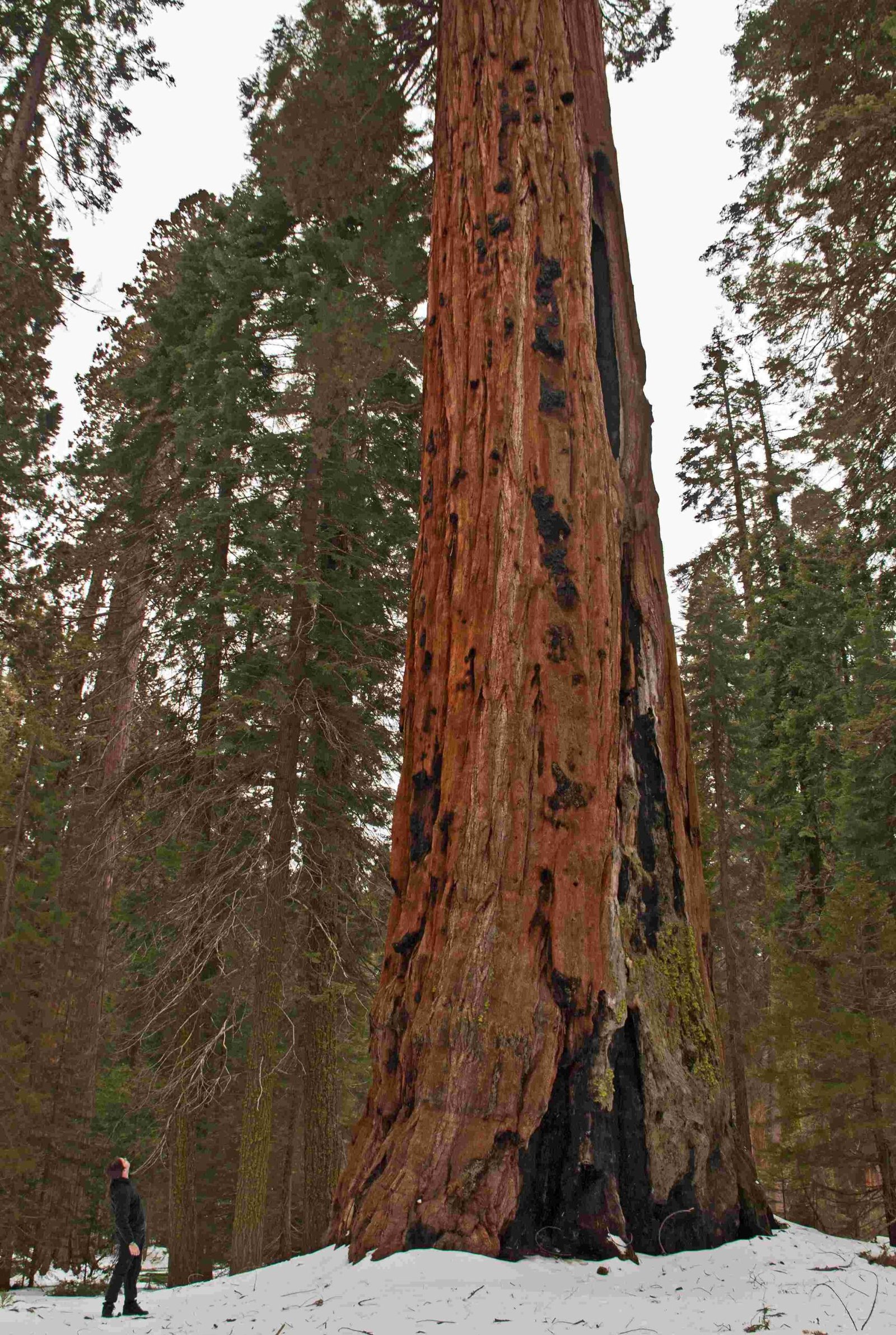Sequoia National Park warning signs are crucial for visitor safety. The park faces numerous hazards, including falling trees, unstable trails, and wildlife encounters. Visitors must be aware of warning signs related to hazard trees, burned areas, trail conditions, and environmental factors. This guide provides comprehensive information on recognizing and responding to these warnings to ensure a safe and enjoyable experience in the park.
What Are the Most Common Warning Signs in Sequoia National Park?

Sequoia National Park features various warning signs to alert visitors of potential dangers. The most common include:
- Hazard tree warnings
- Trail closure notices
- Wildlife encounter alerts
- Weather-related advisories
- River and water hazard signs
These signs are strategically placed throughout the park to ensure visitor safety and preserve the natural environment.
How Do Hazard Trees Pose a Threat to Visitors?

Hazard trees are one of the most significant risks in Sequoia National Park. Here’s what visitors need to know:
- Approximately 10,000 trees along the Generals Highway are identified as hazardous.
- These trees are weakened due to wildfires, disease, and drought.
- They can fall without warning, posing a risk to visitors and structures.
- Branches from both dead and live trees can fall at any time, even without wind.
To stay safe:
– Pay attention to hazard tree warning signs.
– Avoid lingering in areas with many dead or damaged trees.
– Be especially cautious during windy conditions.
What Are the Dangers in Burned Areas of the Park?
Wildfires have significantly impacted Sequoia National Park, creating unique hazards in burned areas:
- Unstable soil and erosion
- Falling rocks and debris
- Weakened trees and branches
- Potential for flash floods and mudslides
| Hazard | Risk Level | Precautions |
|---|---|---|
| Unstable soil | High | Stay on designated trails |
| Falling debris | Moderate to High | Wear protective headgear |
| Flash floods | Variable (weather-dependent) | Check weather forecasts, avoid low-lying areas during rain |
| Weakened trees | High | Be alert, avoid lingering under damaged trees |
Visitors should always check current conditions and adhere to park advisories when exploring burned areas.
How Should Visitors Navigate Trail Warnings and Closures?
Trail warnings and closures are critical for visitor safety. Here’s how to navigate them:
- Check trailhead information boards for current warnings and closures.
- Visit the park’s official website for up-to-date trail conditions.
- Respect all closure signs and barricades.
- Be prepared to turn back if you encounter unsafe conditions.
Remember: Trail conditions can change rapidly due to weather or natural events. Always have a backup plan and be flexible with your itinerary.
What Wildlife Warnings Should Visitors Be Aware Of?
Wildlife encounters are a common concern in Sequoia National Park. Key warnings include:
- Bear activity alerts
- Mountain lion sightings
- Rattlesnake presence
To stay safe around wildlife:
– Keep a safe distance from all animals.
– Store food properly in bear-resistant containers.
– Make noise while hiking to avoid surprising animals.
– Never feed or approach wildlife, no matter how harmless they may appear.
How Do Weather Conditions Affect Park Warnings?
Weather plays a significant role in park safety and can lead to various warnings:
- Winter storm advisories
- High wind warnings
- Extreme heat alerts
- Flash flood warnings
Visitors should:
– Check weather forecasts before and during their visit.
– Be prepared with appropriate gear for sudden weather changes.
– Follow all weather-related warnings and evacuation orders.
What Are the Specific River and Water Hazard Warnings?
Water-related hazards are a serious concern in Sequoia National Park:
- Swift currents in rivers and streams
- Cold water temperatures year-round
- Submerged obstacles in water bodies
Key warnings:
– No swimming signs in dangerous areas
– High water level alerts
– Waterfall danger zones
Remember: Drowning is the most frequent cause of death in the parks. Always exercise extreme caution around water.
How Can Visitors Stay Informed About Current Park Warnings?
Staying informed about current warnings is crucial for a safe visit. Here’s how:
- Check the official Sequoia National Park website regularly.
- Visit park visitor centers for up-to-date information.
- Follow the park’s social media accounts for real-time updates.
- Download the official park app for mobile access to alerts.
- Speak with park rangers about current conditions and warnings.
What Emergency Procedures Should Visitors Know?
In case of emergencies, visitors should:
- Call 911 (note that cell reception is limited in most areas).
- Know the location of the nearest ranger station or visitor center.
- Carry a first aid kit and know basic first aid procedures.
- Have an emergency plan and share it with someone outside the park.
Important: Familiarize yourself with emergency procedures before your visit to ensure a quick response in case of an incident.
How Do Road Conditions Affect Park Warnings?
Road conditions in Sequoia National Park can be challenging and lead to specific warnings:
- Steep and winding roads
- Potential for rock falls and debris
- Winter conditions requiring tire chains
Visitors should:
– Drive slowly and cautiously, especially on mountain roads.
– Be prepared with tire chains during winter months.
– Watch for warning signs about road hazards or closures.
– Check road conditions before traveling, especially during inclement weather.
By staying alert to these various warning signs and following park guidelines, visitors can ensure a safer and more enjoyable experience in Sequoia National Park. Always respect the power of nature and prioritize safety throughout your visit.

